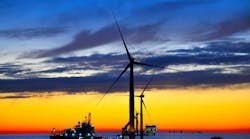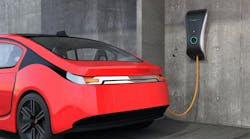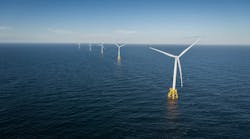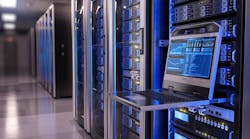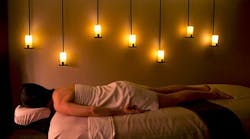The U.S. Department of Energy published a fact sheet that looks at what's known about the effects of lighting on human health, with specific reference to LEDs. In Lighting for Health: LEDs in the New Age of Illumination, based on a recent article by 14 leading researchers in the journal Trends in Neurosciences, the authors focused on the current state of knowledge about nonvisual photoreception and how it can be applied in the field today.
In an e-mail announcing the Fact Sheet’s release, DOE’s Jim Brodrick pointed out that “recent research has greatly advanced our understanding that light not only enables vision, but is also a critical signal to our biological systems, affecting circadian rhythms, pupillary response, alertness, and more. However, applying early research findings to widespread lighting practices must be done with great caution, if it's ready to be done at all.”
Inherently, LEDs are neither more hazardous nor more beneficial to human health than any other type of light source, but their spectral power distribution can be engineered to maximize human health and productivity—provided that the parameters for doing so are known. However, our understanding of those parameters is incomplete, and light that's beneficial during the day may be harmful at night, and its effect may vary significantly between individuals in a given space.
Brodrick said specifiers and consumers must understand that no lighting product is a panacea, that any benefits are dependent on the proper use of the product, and that without a thorough understanding, harm may even be done.
Read Lighting for Health: LEDs in the New Age of Illumination, www.ssl.energy.gov/factsheets.html.

